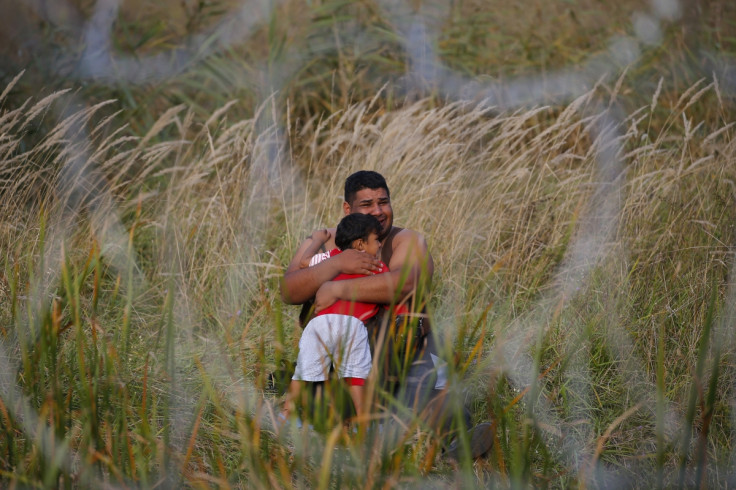Refugee crisis: Austria begins work on 'anti-migrant' fence bordering Italy

Austria has begun work on an anti-migrant fence on its Italian border, fearing it will see an influx of refugees following border closures in Serbia and Macedonia. The Austrian government's response to a potential increase in refugees in Italy, which has yet to materialise, is the 250-metre structure, covering the Brenner Pass, along with a registration centre and increased car checks on the Austrian side of the border.
The plans, however, have been criticised as violating the Schengen Agreement of free movement across borders for EU nationals. Gianni Pitella, president of the Progressive Alliance of Socialists and Democrats, told La Stampa: "This wall violates Schengen rules and is further proof that we are working in small national groups instead of trying to find a common solution."
Austrian president Heinz Fischer said: "The Brenner measures do not provide a wall or barbed wire... but serve as controls for those who want to enter Europe."
Fences have already been erected in Europe with the express intention of preventing refugees from crossing, with Hungary and Bulgaria among those putting up razor-wired borders to their countries.
The refugee crisis in Europe has also led several countries to reconsider their open border policy, with several introducing new regulations to deal with an increase in people displaced from war-torn countries, such as Syria, entering Europe.
Several countries have also opted to detain refugees in camps while they decide how best to deal with them. On the Greek island of Lesbos, refugees kept in camps have gone on hunger strike over the conditions, while in the UK there have been several demonstrations against the existence and conditions of women's refugee detention centre Yarl's Wood.
© Copyright IBTimes 2025. All rights reserved.




















